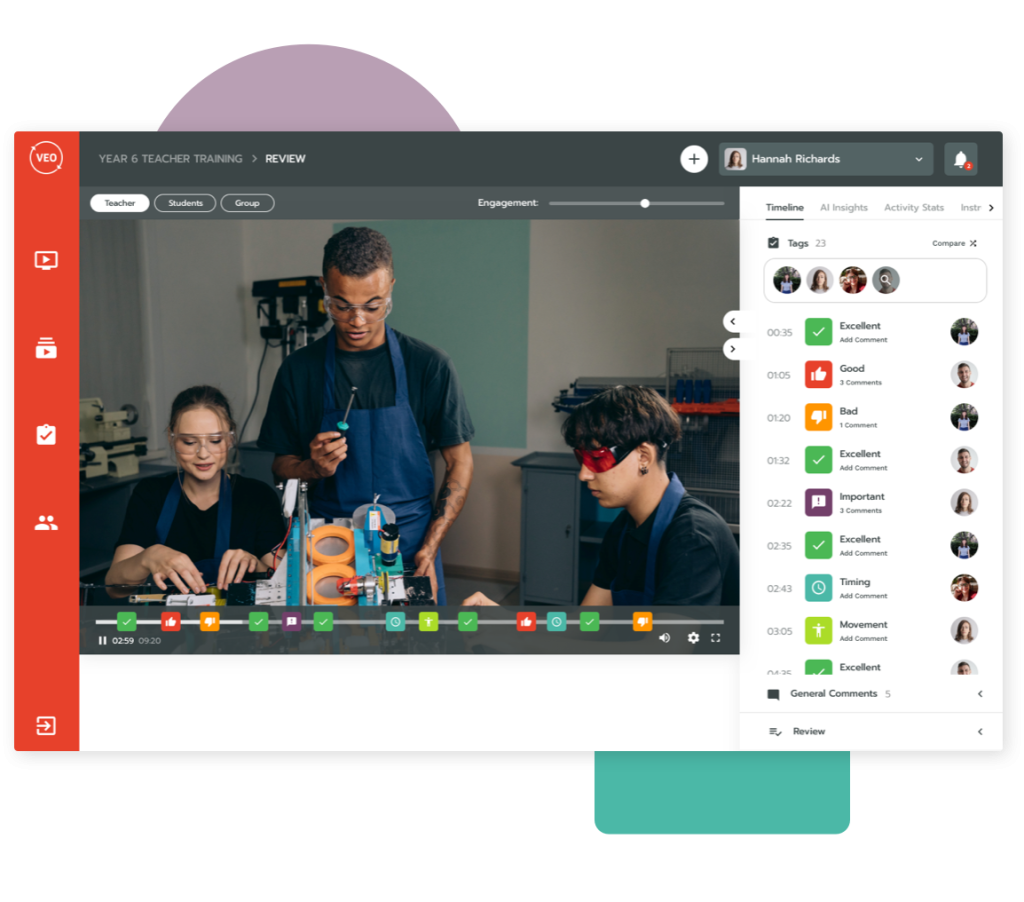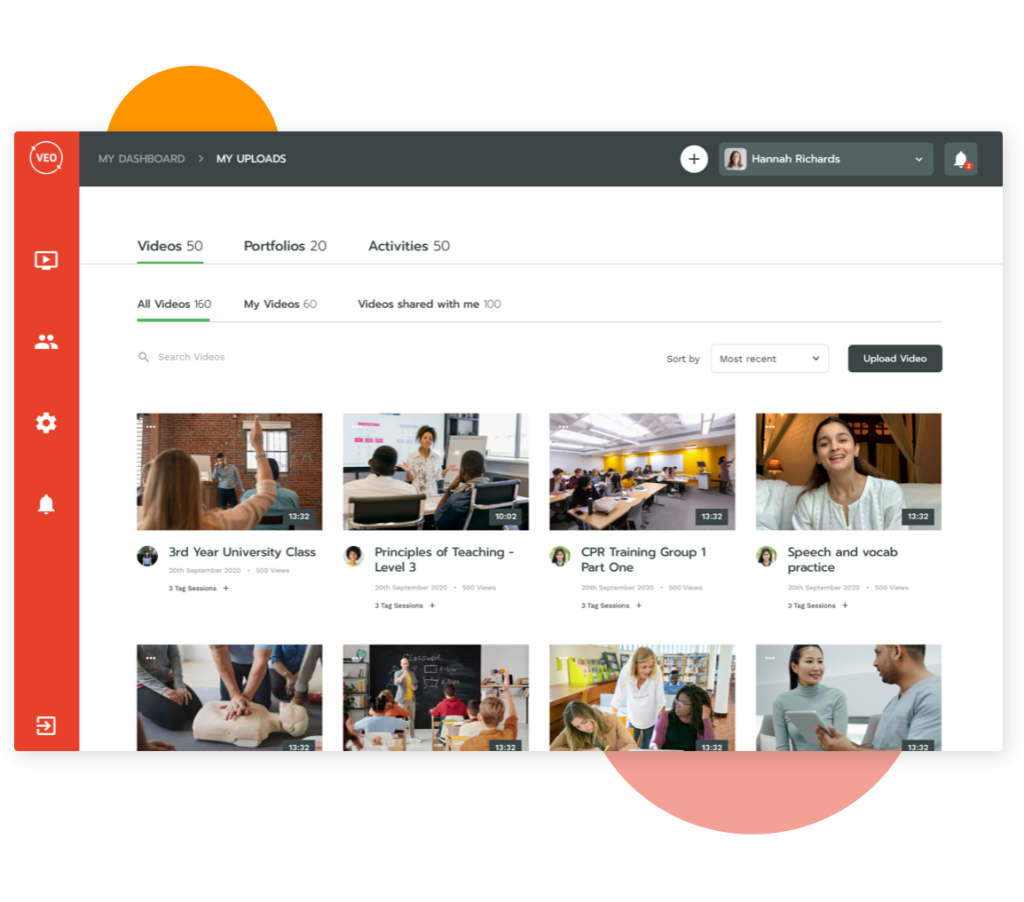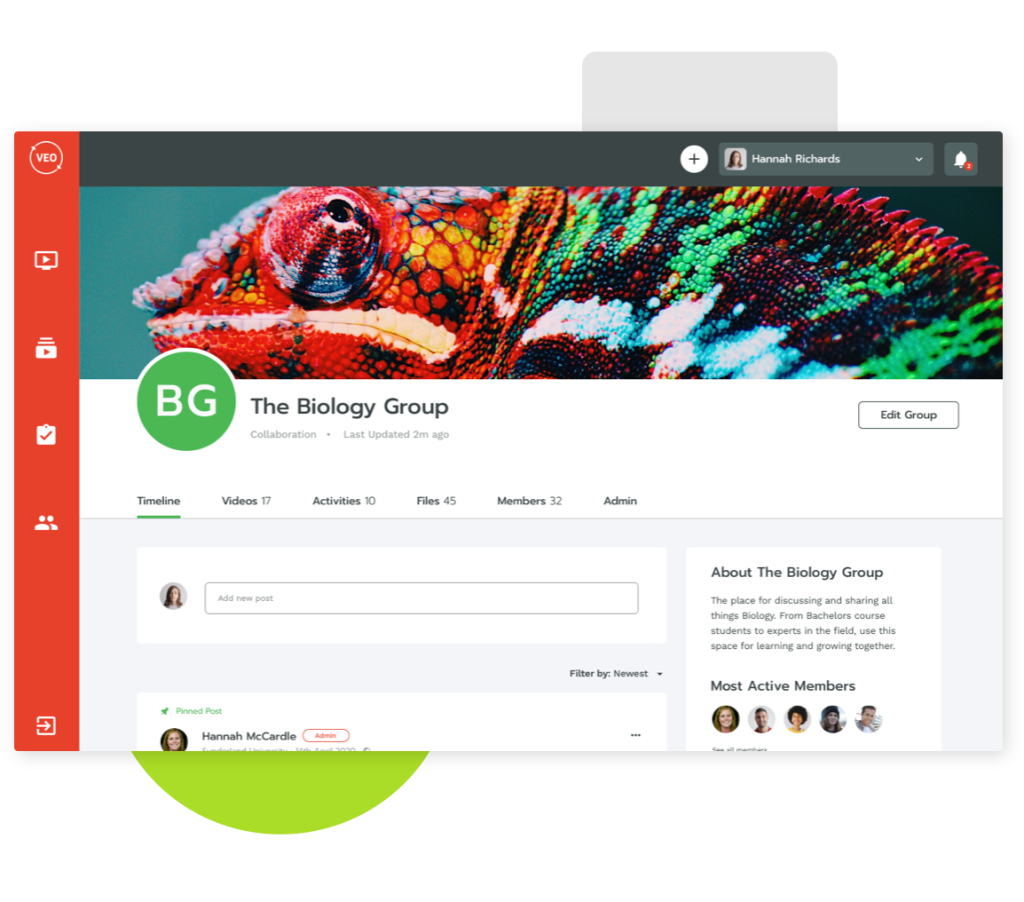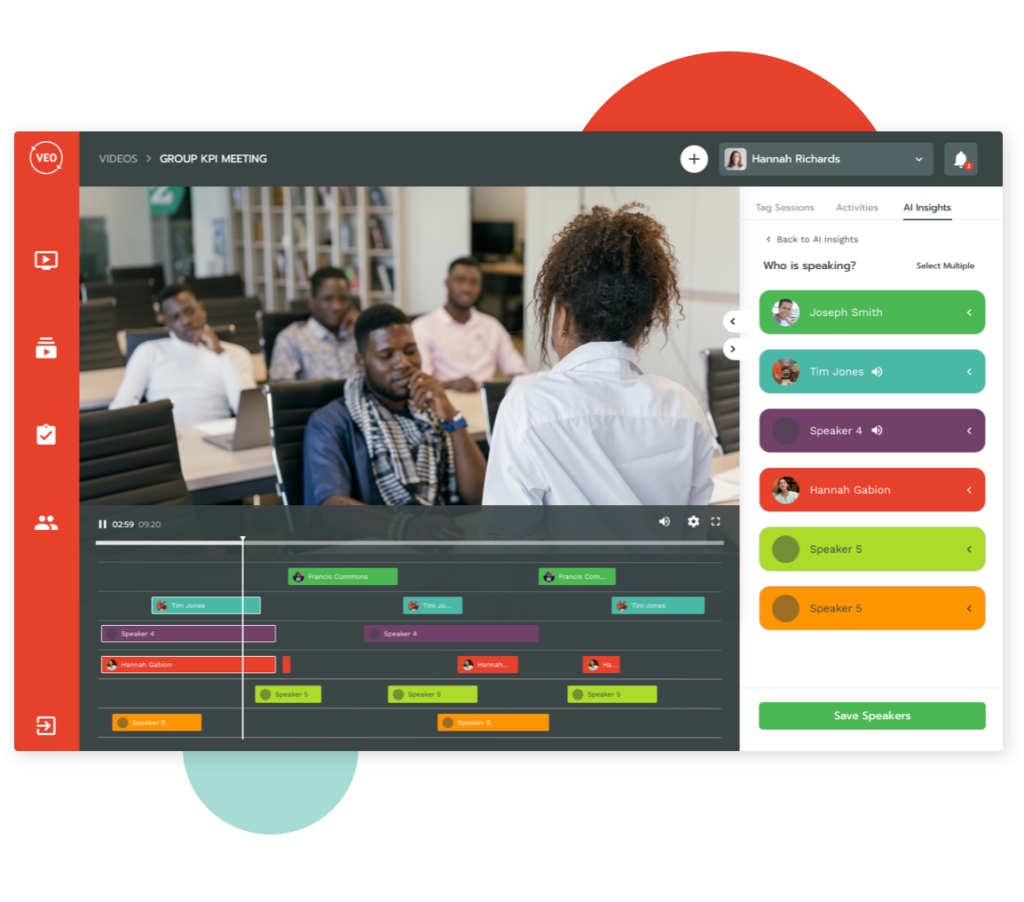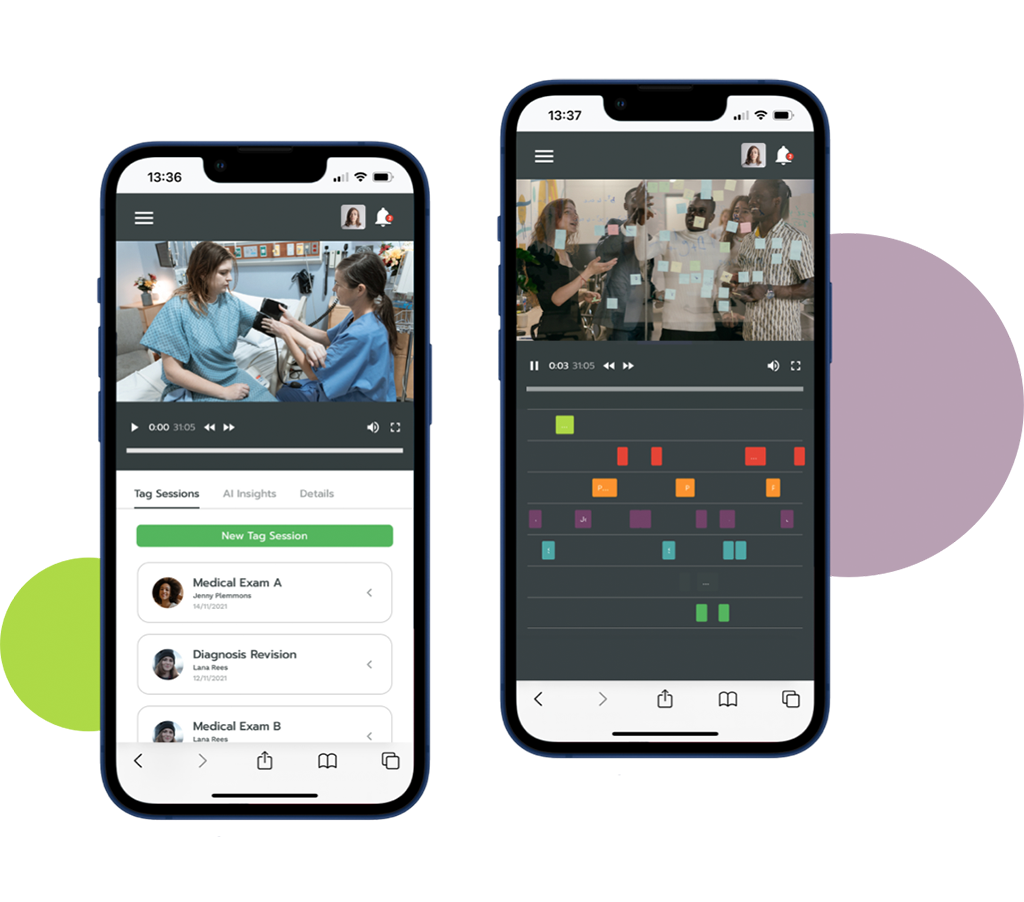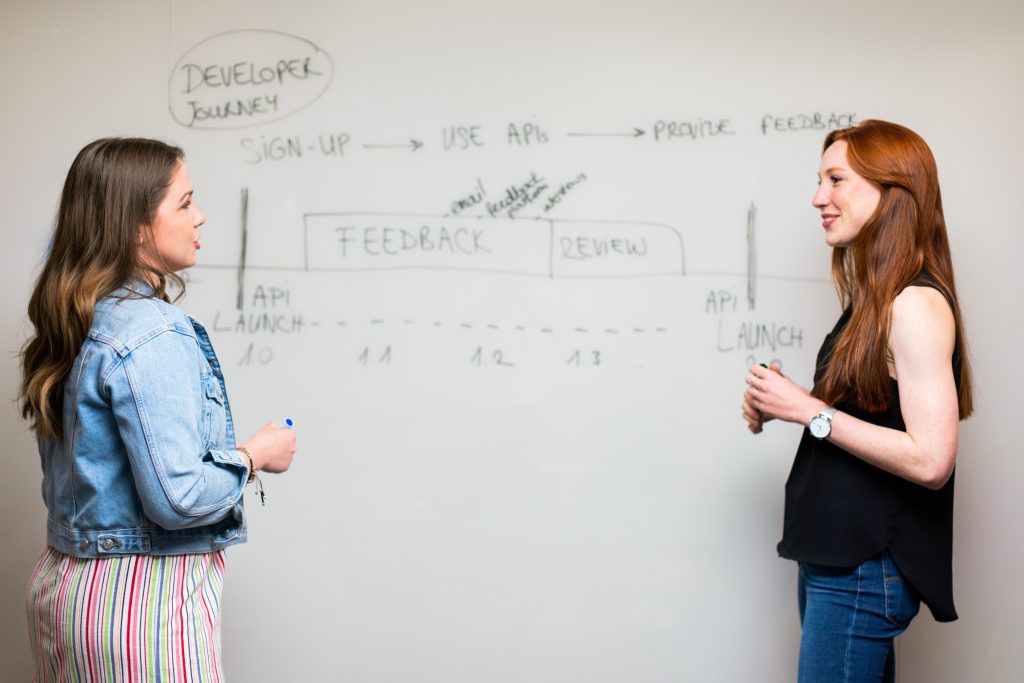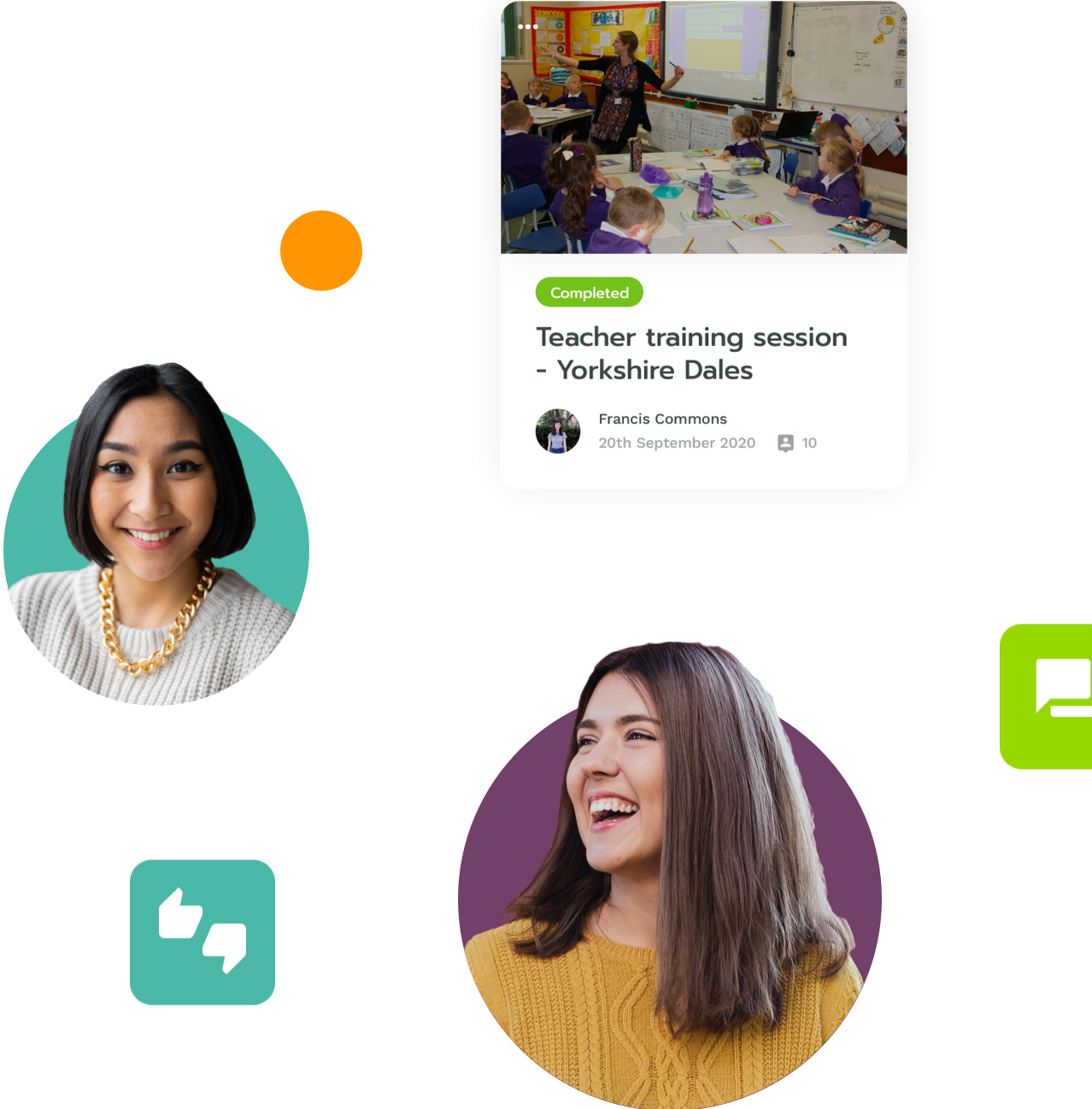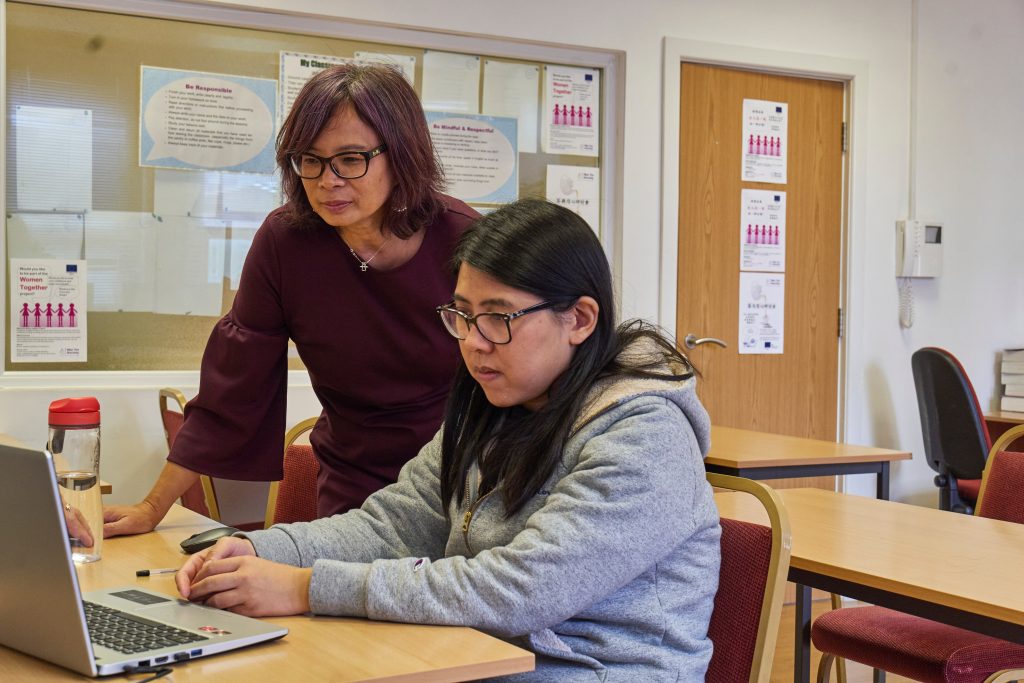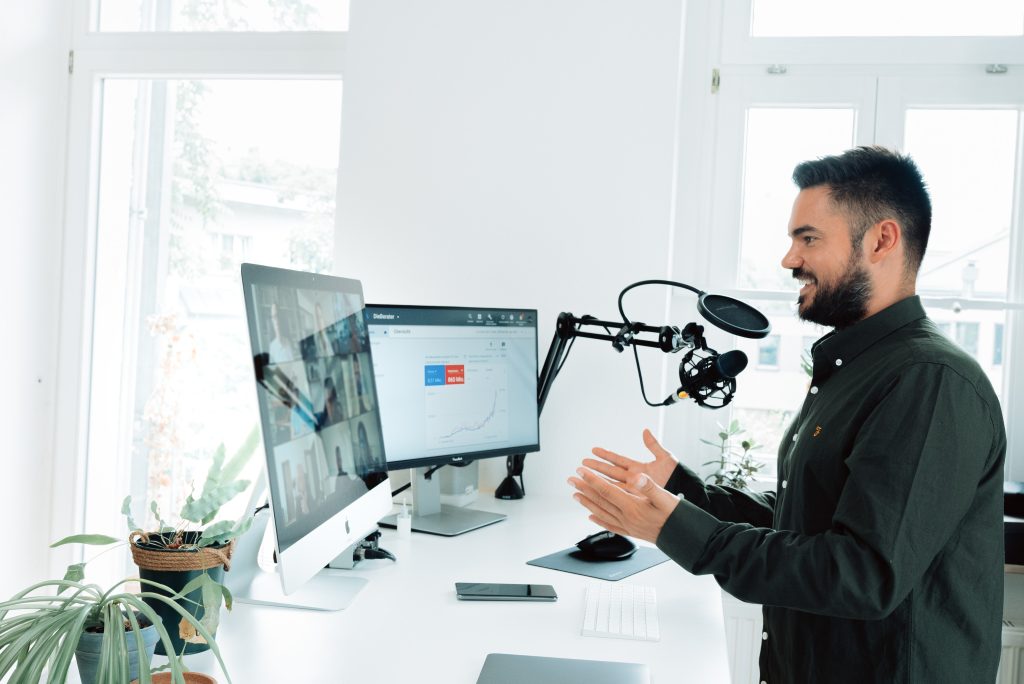Reflective teaching can help teachers review their teaching practices and can lead to multiple benefits for their students.
If you’re in the teaching world, you may have heard of reflective teaching. However, you may be wondering what it is and why it’s beneficial.
Your classes may be becoming more and more disruptive, or you’ve noticed your students aren’t engaging. This could be the perfect time to take a step back and do some reflection, and a good opportunity to prevent teacher burnout.
What is reflective teaching?
You can think about reflective teaching as self-observation or self-evaluation. It’s pretty much as it says on the tin – a reflection on your teaching. It’s used by teachers to improve their teaching approach and it can be done in a number of ways such as:
Video reflection
Video recording lessons can be a very useful tool for reflection. You might be doing things in your class that you’re not aware of, or things might be happening that you may not otherwise see.
Using video for reflective teaching also allows you to see aspects of your behaviour and body language that you wouldn’t otherwise see. It can help you see what it’s like from the student’s perspective, including:
- Your eye contact
- Where you look
- How fast you talk
- How you respond to questions or interruptions
- Whether your explanations and instructions are clear
- Where you stand
- How your body language comes across
Using video recording software such as VEO that has tools such as video tagging can greatly help improve student experiences. Video tagging can help you tag key moments where you see an opportunity to improve interaction or engagement.
Student feedback
Depending on the age of your students (and how confident you’re feeling), you could ask them what they think about your lessons. Their perception and opinions can add a valuable perspective, after all, they’re your audience. It could be done with a simple questionnaire with room for them to suggest improvements.
Reflective teaching journal
Another way you could do reflective teaching is by using a teaching journal. Using a journal can help you capture details and notes from your lesson, creating an ongoing narrative of your teaching across the term. Try scheduling in 5 – 10 minutes to reflect after class or at the end of the day. You could reflect on what went well, what could have gone better, and identify any opportunities for improvement.
The Benefits
Every teacher wants to be the best they can possibly be, but try to remember that Rome wasn’t built in a day. It can be easy to self-criticise, but reflective teaching can help you take a step back and reflect. Reviewing your teaching approach can help you reassess and progress on an ongoing basis and there are multiple benefits such as:
Professional growth and development
Reflective teaching allows teachers to explore their thought processes while taking a look at their strengths and weaknesses. A SWOT analysis can help you identify your Strengths, Weaknesses, Opportunities and Threats. A reflection of the class will help you identify specific elements of the lesson that were ignored, misunderstood or appreciated by the students.
Once you’ve identified these, you can continue to develop and expand your teaching skills and professional career.
Improve teacher-student relationships
Obviously, as a teacher, you want to have the best possible relationship with your students. Each student is unique in the way they analyse and learn, and their needs can differ greatly too.
When you engage with reflective teaching, it allows you to see how you can take that learning experience to another level. There may be some students in your class that respond well to your teaching, but there may be others that struggle. Analysing and taking time to reflect can allow you to improve your teaching experience, thus improving teacher-student relationships.
Makes room for innovation
Innovation and reflective teaching go hand in hand. It allows teachers to find more innovative ways to keep students interested and engaged in the learning process. Approaches like flipped classrooms could be used to make regular lessons more engaging and productive.
Avoid burnout
By working on making your lessons more engaging and continuing to develop your teaching skills, you can be less stressed at work. This can help prevent teacher burnout.
In conclusion
Reflective teaching is essentially a process where teachers reflect on their teaching practices to examine their overall effectiveness. Reviewing your approach can lead to improvements such as a better student learning experience.
Tools such as video observation and video tagging can be used to reflect on your teaching style. Which can help you review your body language, the clarity of your instructions, and enable you to see from a student’s perspective.
There are multiple benefits to reflective teaching such as strengthening teacher-student relationships, aiding professional development, avoiding burnout, and inspiring innovation.
Use VEO for your reflective teaching
If you’d like to know more about how VEO can be used for reflective teaching, book a demo.
